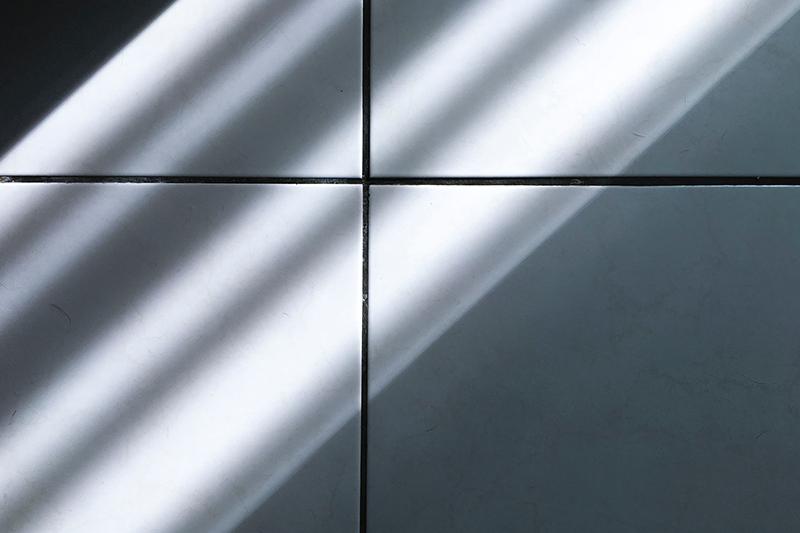Making anti-bacterial tiles and slabs
As demand grows for materials that reduce the spread of infection, a recent webinar, ‘Safe ceramics: anti-bacterial surfaces’, explored technologies to produce ceramic tiles and slabs with anti-bacterial properties using silver.

Graziano Vignali, President of Metco, a materials and surface solutions provider headquartered in Switzerland, explained that the Romans were the first to start using silver as a way of reducing bacterial and viral infections. ‘In our research, we have found that it is effective against over 600 microorganisms.’
Dr Laura Niccolai, Assistant Director at Colorobbia, an Italian company specialising in producing raw materials and semi-finished products for the ceramics and glass industries, presented a ‘nanoparticles zoo’ of materials they have been studying to develop anti-bacterial coatings. She explained that ‘the most consolidated scope of application for nanomaterials is to exploit the ability that these have when used as a coating to obtain nanostructured products, to increase the surface characteristics’ and create smart surfaces.
Niccolai said that they have created this effect in surfaces using nano silver (Ag+). ‘[Ag+ ions] are released from the coating present on the surface and they act on the [bacteria] membranes stopping metabolism and preventing proliferation. To obtain the anti-bacterial effect, the silver ions must be available on the surface.’
The company’s Alumino-silicate additive in powder, functionalised with Metal Silver, contains Ag+ nanoparticles, produced in situ on a compatible ceramic substrate and used directly during the glaze grinding process.
Its Metal Silver Nanoparticle Suspension, on the other hand, brings together copper and silver for anti-viral and anti-bacterial properties, respectively. It can be applied in coatings formulated at different concentrations before the ceramic tile firing phase.
Similarly, Giorgio Rimini, Managing Director at Microban International, a company developing anti-microbial technologies, explained that its treatment for ceramic tiles and sanitaryware products was based on a ‘synergistic combination of minerals that exploits the anti-bacterial properties of silver.
‘[The] ceramic additives are typically embedded within the top layer of a ceramic glaze prior to firing. This ensures the anti-microbial technology can interact with and eliminate any contaminating bacteria present on the surface of the ceramic product.’
While Vignali explained how Metco’s NOBacter 05 technology incorporates ‘active anti-bacterial centres’ into the ceramic body so as to make the anti-bacterial action permanent for the product’s entire lifetime.
He said, ‘We developed the technology of sinking colour and we have used it for several years to decorate tiles [using a] soluble solution – which is not suspension – that can penetrate to the ceramic body…inside the first layer of the tile ceramic surface.
‘We have developed [a] water-based complex [which is] quite easy to apply…during the cooking, [when] the silver in the atomic state is released and we obtain a colloidal silver fixed in the glass matrix of the tile.’
While the field of anti-bacterial surfaces has been under study for several years, the outbreak of COVID-19 in 2020 has propelled many companies to seriously consider the use of this kind of technology, prompting further development in the field.







